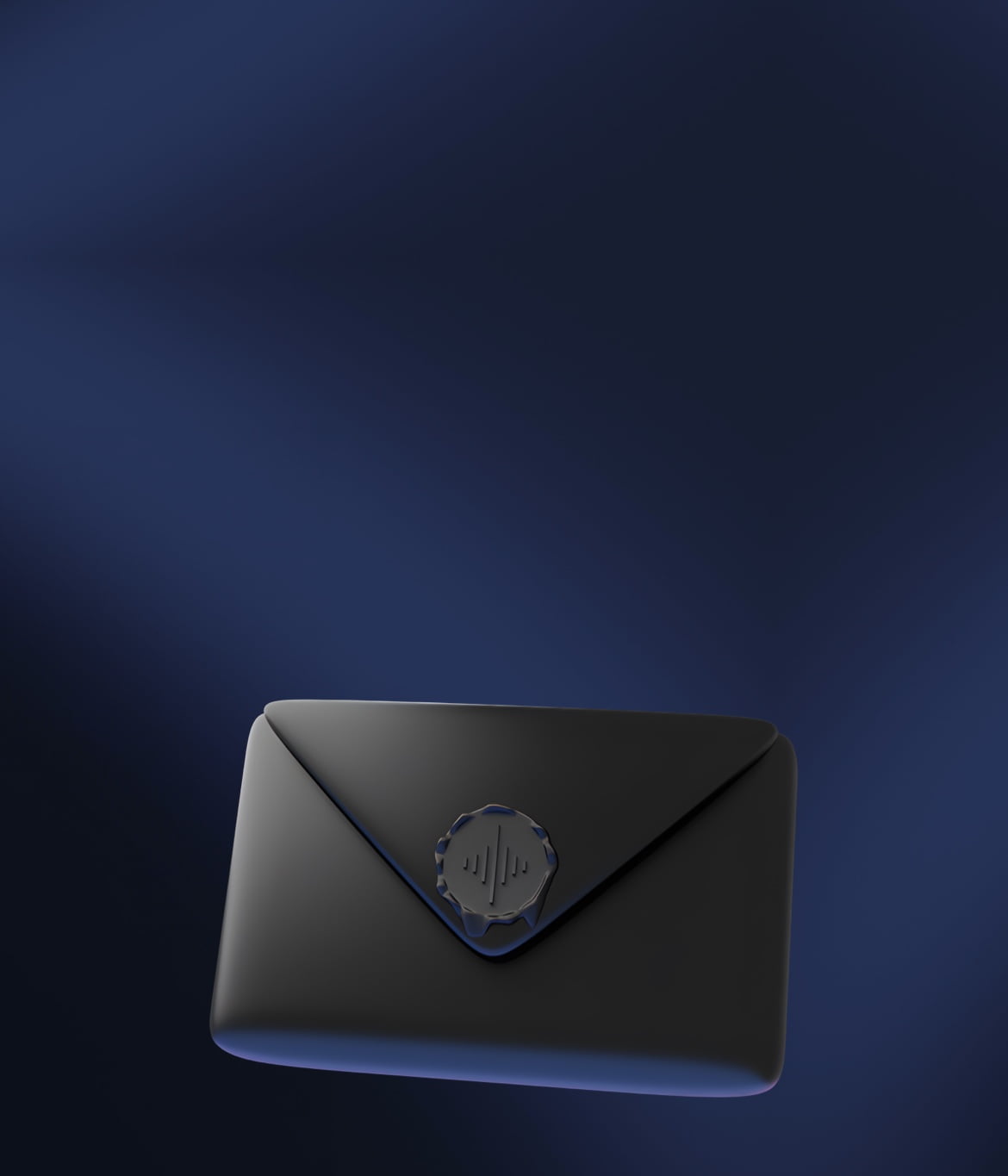5 min read
Noise-cancelling headphones: Are they good enough for hearing protection?

There is a common misconception that noise-cancelling headphones protect you from dangerous noise. While active noise cancelling (ANC) is very effective for reducing background noise like the sound of traffic, plane engines or air conditioning, and cafe chatter, it is far less effective at blocking other, more dangerous sounds.

The difference between harmful noise and unwanted sound
The "Noise" that noise-cancelling headphones remove is mostly unwanted sound.
For example, a loud conversation between colleagues in an open office environment could be a quiet noise that prohibits you from focusing on a task. The noise, many headphones advertise to cancel, is mostly static and periodic, like the droning of an airplane engine or the hum of an air-condition.

On the other hand, you have harmful noise. Loud and harmful sounds can be damaging to our hearing, even if it is desirable (like music). Your exposure to noise levels and amount of time is what makes a damaging sound. When exposure exceeds 85dB for 8 hours a day, you are at risk of acquiring Noise Induced Hearing Loss (NIHL). The time you can safely be exposed to louder sounds is much shorter. At 100dB, the level of a rock concert, the safety threshold is only 15 minutes.
Potentially damaging sound is not necessarily the same as unwanted sound. The problem is that people don't know if they are exposed to unwanted or damaging sounds. Therefore, many users that have noise-cancelling headphones use this as hearing protection, but it is often false protection!
The truth about noise-cancelling headphones
Most consumer-grade ANC headphones are not tested or certified as hearing protection.
On the other hand, CE-marked hearing protection has been through testing on humans to make sure that most people wearing it will achieve a certain level of protection, and have high standards for fitting instructions presented to the user.
The packaging is marked with a standardized reduction rating, typically an SNR and, or, NRR rating. The typical noise-cancelling earphones will not have gone through this testing, and the effectiveness is uncertain.
Noise-cancelling headphones reduce sound more than open or semi-closed headphones, and there is no same need to playback at high levels to drown out ambient noise. Still, most people don’t have the insight into what is actually damaging levels or how long it is safe to listen to music at a specific loudness.
The false sense of security may even motivate users to play louder music for long stretches of time, which will elevate the risk of NIHL.
I know that isolation means safety - wrong!
Imagine wearing over-the-ear headphones with a tight seal and an effective noise reduction. Yes, your hearing is protected from outside noise.
Even though they aren’t certified as hearing protection, they would probably function as such. You can be in real danger if you isolate yourself from your environment. There are cues in our sound environment that are essential for our spatial and situational awareness, like the sound of a vehicle approaching. Isolation by noise-cancelling technology may be even more disorienting, as they are disproportionately removing some sounds over others.
Many products are now implemented with hear-through functionality, amplifying the sound environment instead of reducing it. However, microphones, signal processing and loudspeakers have their limitations. The latency (timing), dynamic range (range of hearable levels) and frequency response (audible range from bass to treble) of the audio system don’t allow for an accurate representation of the sound environment. These limitations impede the user's ability to determine sound source direction and distance, and the result is an unnatural experience.
Noise-cancelling vs Industrial earplugs
Noise-cancelling technology is great for blocking out annoying noises like engines and ventilation. It is wonderful to be able to enjoy music without disturbances in noisy environments like on public transportation.
However, using earplugs certified as hearing protection is the recommended way to go if you want to protect yourself while:
- Still being able to communicate
- Being aware of your surroundings
- Enjoy live music to its fullest
Looking for real hearing protection?
With advances in technology and design, many of today's earbuds now offer the ability to block out noise while maintaining a flat frequency response. One such product we have tried and tested is Minuendo.
Minuendo variable earplugs can decrease the level by 7 to 25dB with no frequency degradation. With a large range of ear tips to ensure a comfortable fit.
We have now partnered with Minuendo to offer this great product on our website. Visit https://www.soundbrenner.com/shop-minuendo to learn more!







